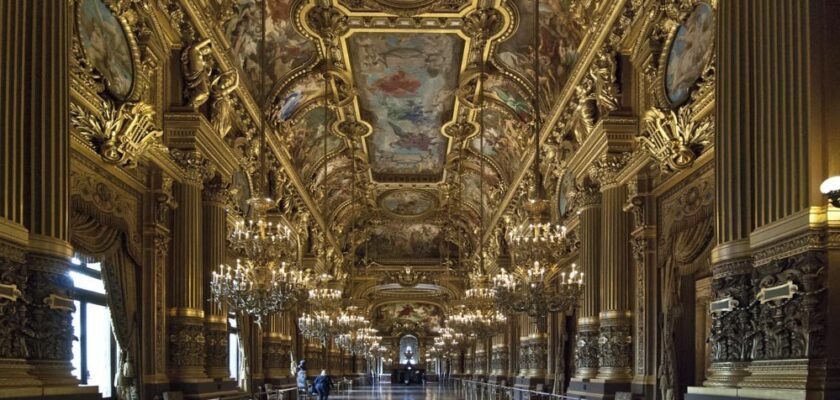Grand Opera in Paris (Opera Garnier)
Grand Opera or Opera Garnier is the main theater of the French capital and one of the greatest opera stages in the world. The luxurious palace where Parisians first heard the immortal masterpieces of Prokofiev and Stravinsky, the legendary theater where Picasso himself worked on the scenery and the great Chanel acted as costume designer, was and remains part of the world’s cultural heritage.
.The theatrical stage of the Grand Opera House in Paris is a kind of musical Olympus, which is conquered only by the chosen few. The place where Fyodor Chaliapin and Galina Vishnevskaya received applause, where Rudolf Nureyev and Vaclav Nijinsky presented their most complex programs, has long been a national symbol of France and one of the landmarks of its capital.
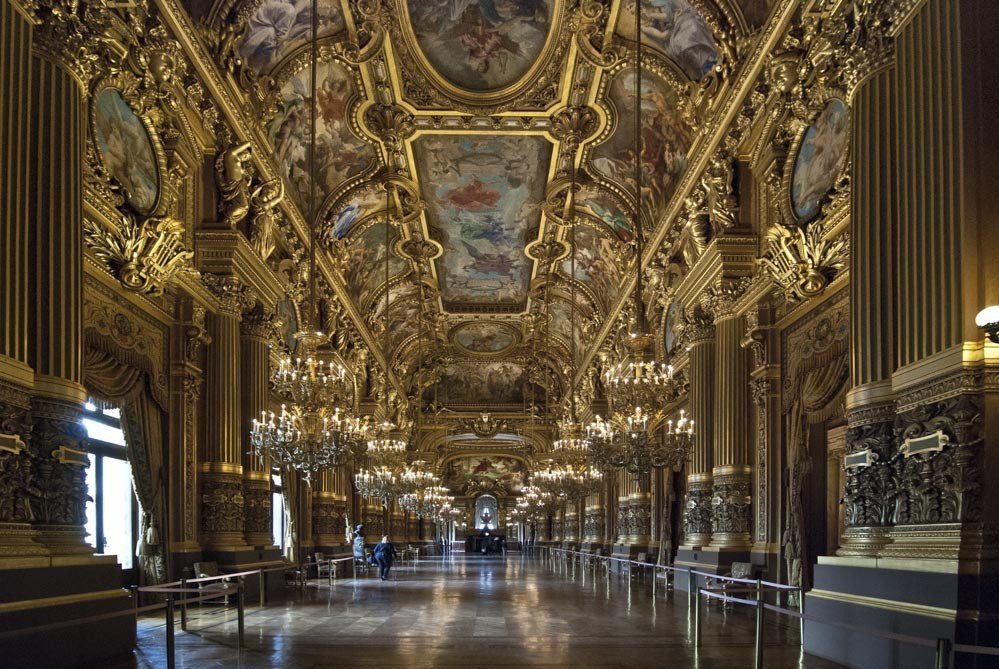
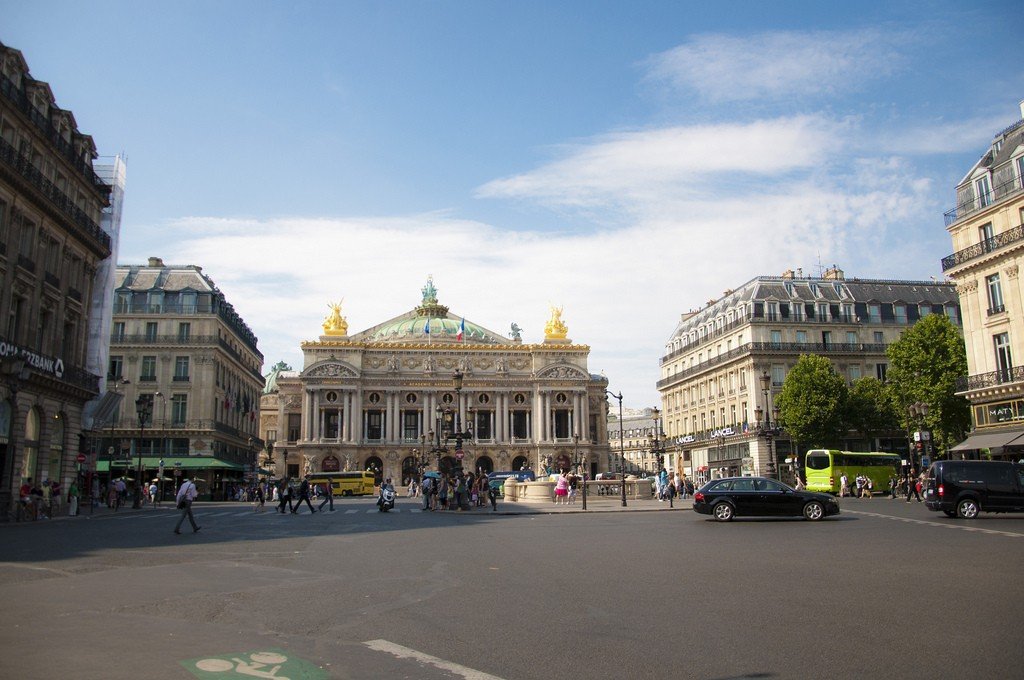
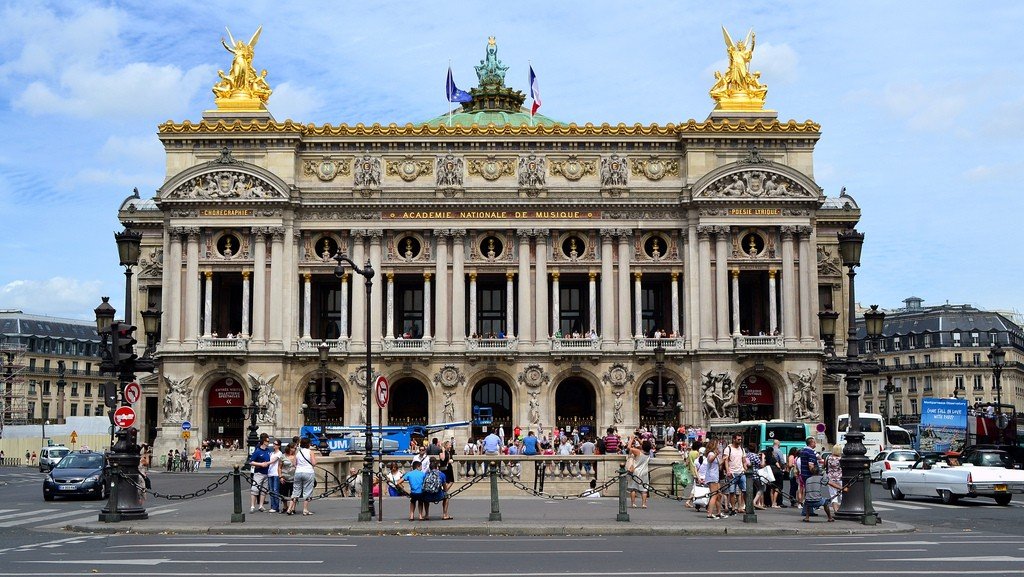
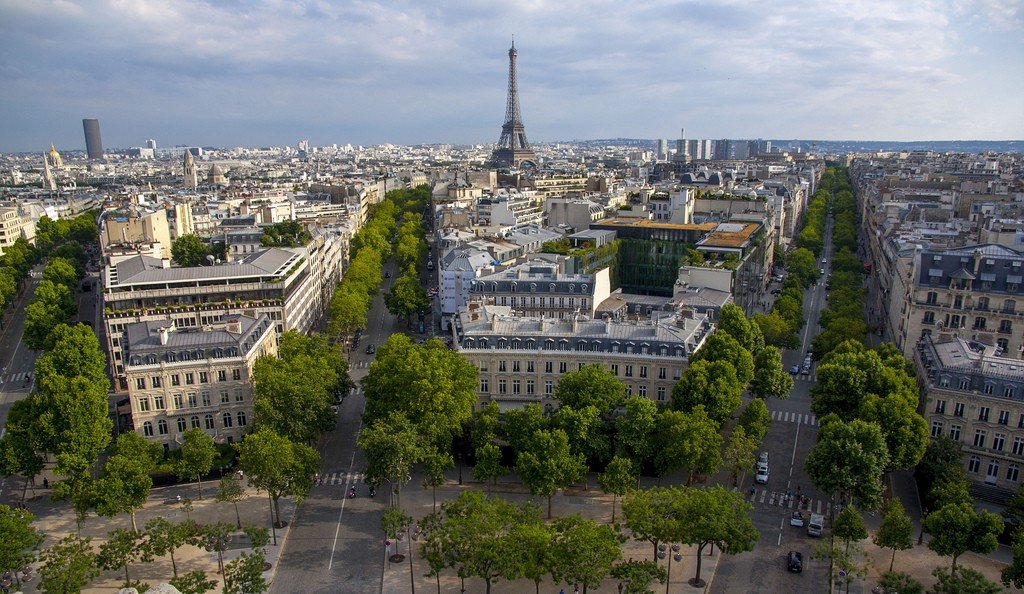
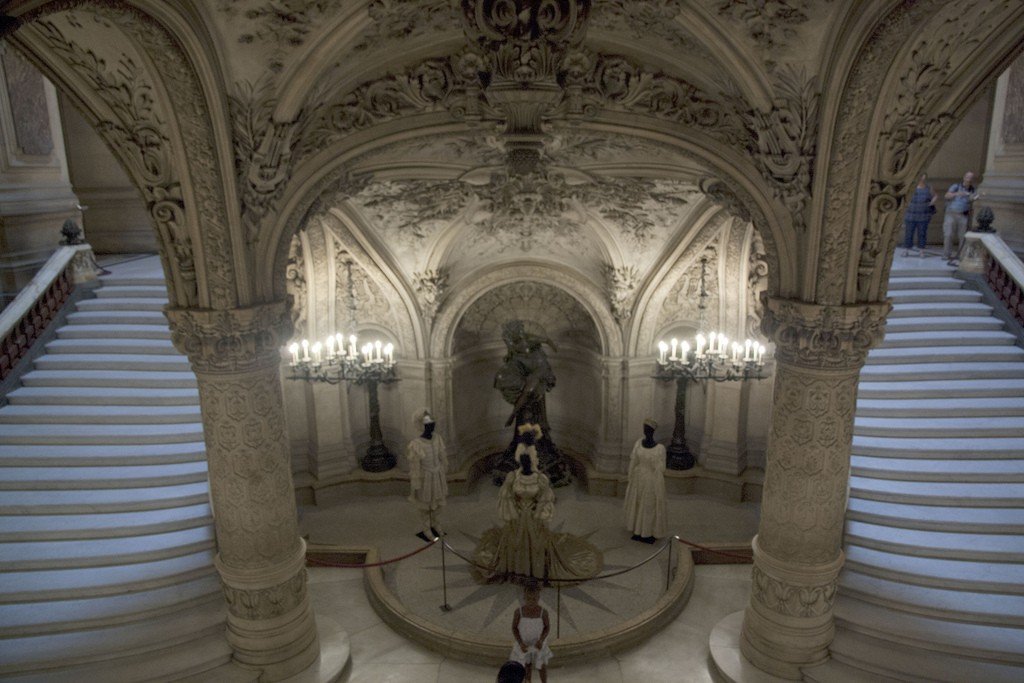
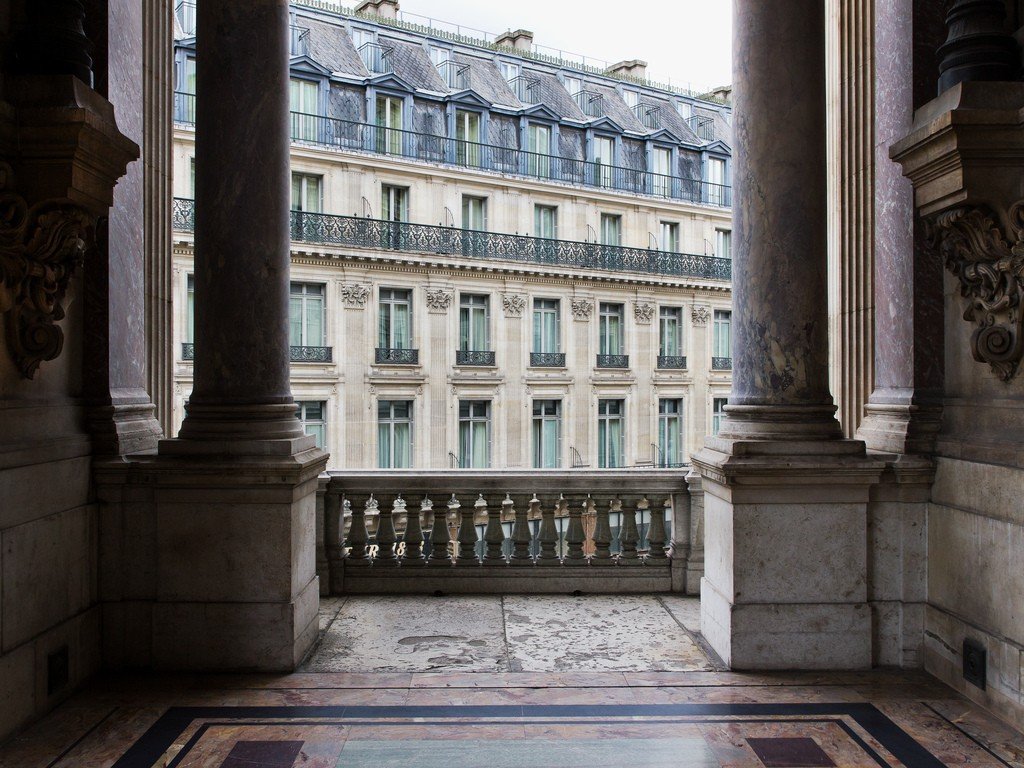
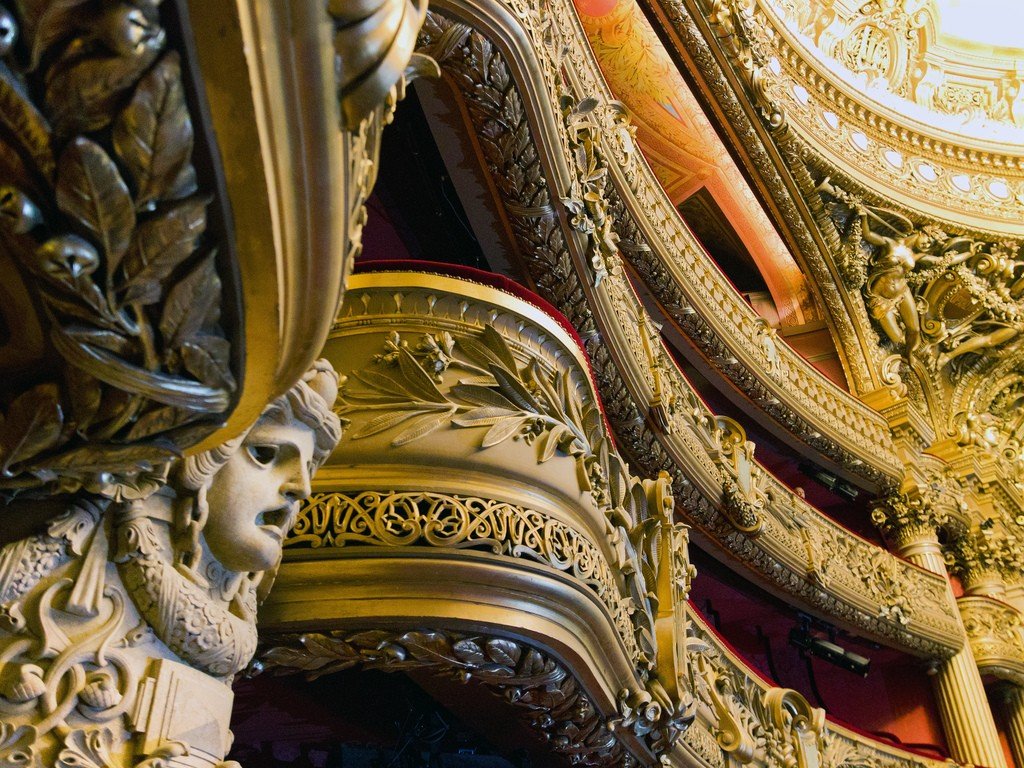
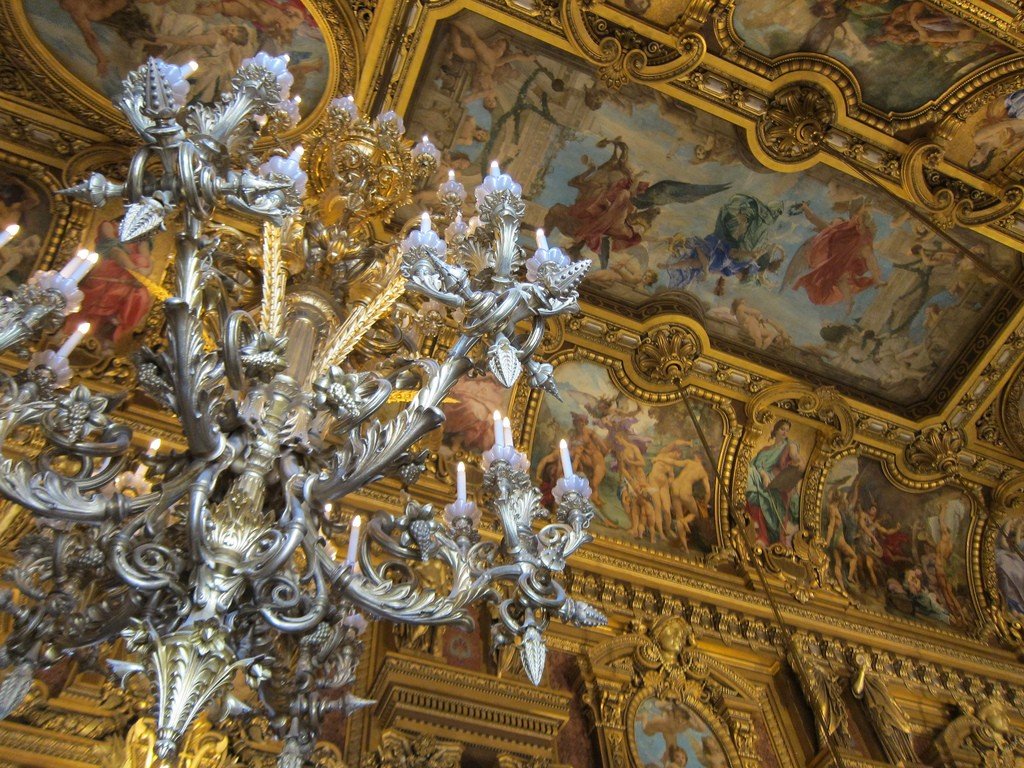
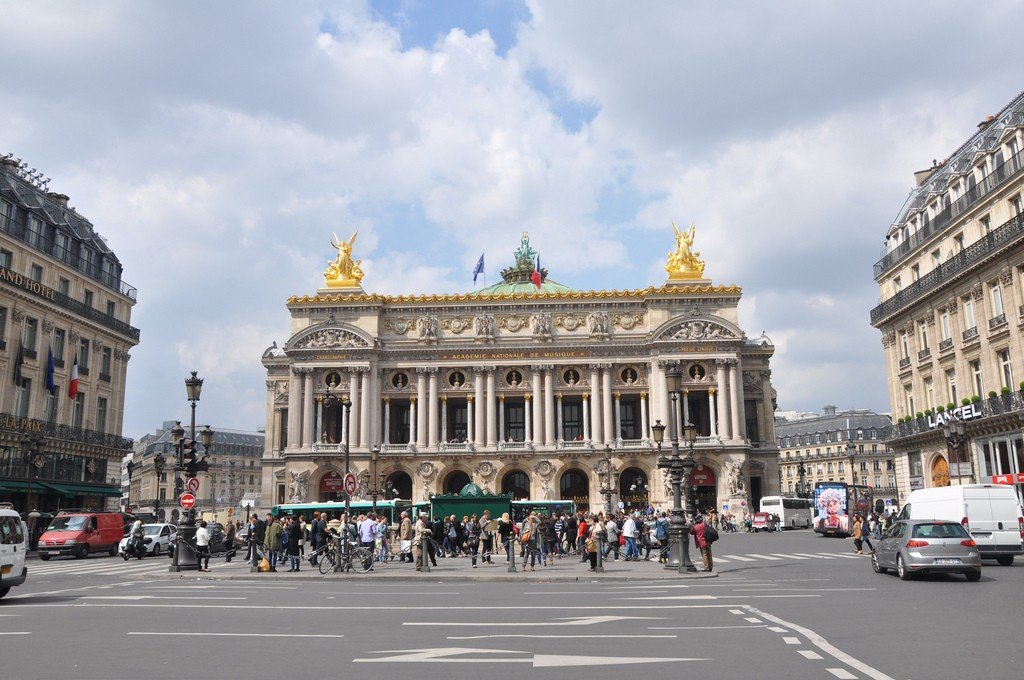
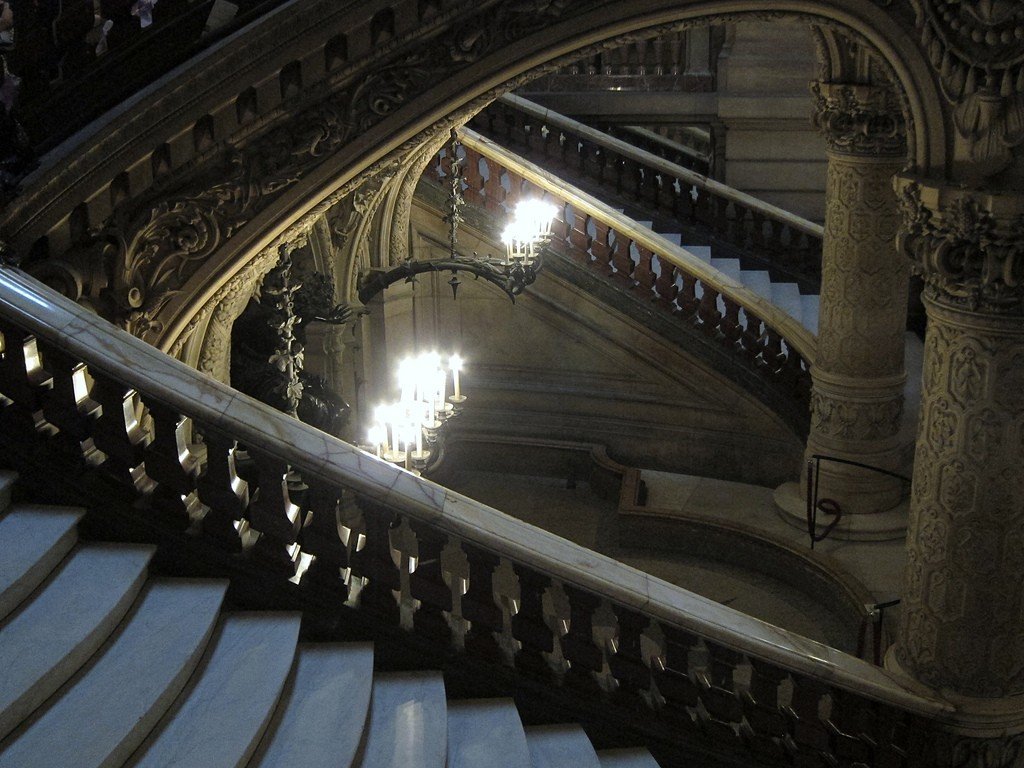
Video: Grand Opera
” title=”YouTube video player” frameborder=”0″ allow=”accelerometer; autoplay; clipboard-write; encrypted-media; gyroscope; picture-in-picture; web-share” allowfullscreen> Contents- History of the Opéra Garnier
- Grand Opera: Building exterior
- Interior
- Legends of the Opéra Garnier
- Interesting facts
- Tourist information
- How to get there
History of the Opéra Garnier
The history of the theater dates back to 1669, after Louis XIV officially recognized opera as a separate art form. The Grand Opera House became the 13th concert venue built in Paris during this period. After the French Revolution and up until the early 19th century, the theater only changed its name, becoming either the Théâtre des Arts, the Théâtre de l’Opéra, or reverting back to its original title of the Royal Academy of Music and Dance.
.The Opéra Garnier owes its modern form in part to Napoleon III. Concerned about an assassination attempt on him in the hall of the old opera house, the monarch came to the idea that it would be nice to get a new theater, which would not be able to penetrate the ill-wishers. Some time later, a competition was announced for the best project for the future temple of the arts, which, contrary to all expectations, won the unknown architect Charles Garnier. Despite the constant difficulties in his work (unfortunate choice of location, wars), he brilliantly coped with the task, spending almost 15 years of his life on his brainchild.
.
The grand opening of the Grand Opera House took place in January 1875. In total, 36 million francs were spent on the realization of the “imperial whim”, while the final construction was never completed. By the way, the monarch himself did not live to see this solemn moment.
.Grand Opera House: exterior view of the building
The southern facade of the Opéra Garnier is the front of the building, designed to surprise and impress. The base of the massive structure is served by a gallery, on which, in turn, is supported by a marble colonnade of loggias. All elements of the composition are generously decorated with stucco in the form of antique masks and plant ornaments. Here you can also find bronze busts of great composers: Beethoven, Mozart, Rossini and others. The Grand Opera House is crowned by a giant dome of green copper, on top of which there is a sculptural group depicting Apollo and two muses. At the corners of the theater facade are frozen in solemn poses statues of Poetry and Harmony. It is worth noting that the sculpture of the ancient Greek god has not only aesthetic but also practical function: the metal lyre in his hands plays the role of a lightning rod.
.
If you’re wondering what the creator of all this splendor looked like, welcome to the west wall of the Grand Opera House. Here you can find a bust of Charles Garnier himself, and at the same time see the entranceway designed especially for Napoleon III. An elaborate system of ramps allowed the imperial carriage to drive right up to the theater entrance, thus helping to protect the crowned person from a possible assassination attempt. Today the western part of the building houses the Phantom restaurant. The establishment is interesting in that it consists entirely of glass modules. This method of construction was used on purpose, so as not to violate the architectural style of the opera palace.
.
On the side of the east facade of the Grand Opera House is the entrance for the Parisian elite and those with a fat purse who rented the boxes. The north wall provides access to the building for stage workers.
.
Interior
The first thing that greets guests of the Opéra Garnier is the 30-meter marble staircase, which has an unusual branched design. Once leisurely walks along its flights were exclusively the privilege of the local beau monde, but today any tourist can feel like a Parisian aristocrat and walk along the snow-white steps. By the way, climbing the stairs of the Grand Opera House, don’t forget to look up and appreciate the magnificent ceiling painting of the lobby.
.Library-Museum
The west side of the building, often called the Emperor’s Rotunda, houses the Library-Museum. Here everyone can get acquainted with curious facts from the past of the theater. The local exposition consists mainly of photographs, paintings and miniature models of theater scenery.
Theater Hall
All performances within the walls of the Grand Opera House take place in the theater hall. The 32×31 m² room is horseshoe-shaped and decorated in rich golden-red colors. The central part of the ceiling is occupied by an eight-ton crystal chandelier. It seems incredible, but on its exquisite velvet armchairs the hall can accommodate no less than 1900 spectators. By the way, the plafond of the Opera Garnier was painted by our compatriot Marc Chagall. The choice of the avant-garde artist caused a lot of controversy and criticism, but in 1964, already not young Chagall nevertheless presented the ready canvas to the theater management. The canvas, with an area of 220 m², was divided into 5 different colored sectors, each of which depicted a plot from a classical opera or ballet. For example, on the green fragment you could see the characters from the opera “Tristan and Isolde” and the characters from the ballet “Romeo and Juliet”. The red one showed episodes from “The Firebird” and “Daphnis and Chloe”. Yellow was dedicated to “Swan Lake” and “Giselle.” Blue referred the audience to the operas “Boris Godunov” and “The Magic Flute”. And on the white one the heroes of “Pellias and Melisande” were placed. The artist decorated the central part of the plafond with motifs from musical works by Bizet, Verdi, Beethoven and Gluck.
.Dance foyer
Behind the theater stage, hidden from prying eyes by iron and velvet curtains, is one of the Opera Garnier’s most racy areas, the Dance Foyer. The luxurious hall with gilded walls and mirrored panels was intended for warming up ballet companies before the upcoming performance. However, the room was hardly ever used for its intended purpose. Quite quickly the foyer turned into a salon for local rich men who came here to flirt with pretty ballerinas and offer them their patronage and generous allowance. Attempts to block the Parisian nobility access to the hall were made repeatedly, but they usually ended up with nothing. Only in 1935 the entrance to the backstage for spectators was finally closed. Today the main attraction of the Dance Foyer are portraits of the greatest ballerinas of France. Here you can see images of the mysterious Mademoiselle de La Fontaine, Françoise Prévost, Marie-Thérèse de Soubligny and other founders of modern ballet.
.Grand Foyer
During intermission, Grand Opera guests usually stroll through the lobby. The lobby is designed in the form of a castle gallery and offers a beautiful view of the main theater staircase. Numerous windows and gilded lace decor give the room an unusual elegance and airiness. The end point of the lobby is the mirrored salon, which is a must-see for the unique ceiling and wall paintings by Clarenne.
.Legends of the Opéra Garnier
Rumors, legends and superstitions have long been an integral part of the Grand Opera House. The theater owes its main “bogeyman” to Gaston Leroux, author of the legendary novel The Phantom of the Opera. The work, the action of which unfolds on the theater scaffolding and in the basements of the palace, entailed a series of strange events…
.
For example, there is a rumor that the theater management never rents 5 box in the first tier. Allegedly, a season ticket to it is assigned for life to Eric (the very Phantom of the Opera), and breaking the rule will lead to the most unpredictable consequences. The legend, of course, has no substantiation, but since once there was already a tragedy in the theater (during the performance snapped the counterweight of the crystal chandelier, and it fell into the audience), the management of the Opera Garnier prefers not to take risks.
.
Incredible legends are made up about the personality of the Phantom himself. So, for example, you can hear a heartwarming story of an ugly young man who helped Garnier develop the design of the building. Eric (that was the hero’s name) fell in love with one of the actresses of the theater, but the romantic passion ended tragically for the mutilated architect … However, it is possible that this story is invented specifically to attract tourists, which can not be said about the story associated with the lake. If you have ever read the famous work of Leroux, you will remember that in it the writer told about the amazing reservoir in the cellars of the building. Undoubtedly, it was not without fiction, but there is a huge reservoir of water in the lower floors of the theater.
.
Interesting facts
The pool created in the basement of the Grand Opera House in case of fire contains real carp, which are fed by the theater’s staff.
.
The basements of the Opera Garnier communicate with the network of Parisian catacombs.
On the roof of the theater, as on the roofs of many other Parisian buildings, there is a beehive.
In 1907, 24 disks of lyrical songs were hidden within the walls of the Grand Opera House by the director of the French Gramophone Company. The recordings were intended for future generations. Greetings from the past were discovered in 1988 during restoration work in the building of the Opera Garnier. The recordings were discovered 100 years later and re-released by the EMI record company on 3 CDs.
Tourist Information
Visiting the most beautiful theater in France is not cheap entertainment. A seat with a good viewing area will cost an average of 250 euros (opera performance). For a ballet performance you will have to pay from 25 to 250 euros. Prices can rise and fall depending on the season, so it is better to keep track of the latest information on the official website of the Grand Opera House www.operadeparis.fr. Here you can also order tickets. If the very ritual of buying is important to you, then welcome to the theater. Ticket offices here work from 9:00 to 18:00 on weekdays, from 9:00 to 13:00 on Saturdays.
.Those who are more interested in the unique atmosphere of the opera palace can limit themselves to a guided tour. For 11 euros you get the opportunity to walk through the main halls of the theater, visit the store inside, selling souvenirs and books on opera and ballet themes. Usually the entrance ticket entitles you to see the following rooms:
- the grand staircase;
- library-museum;
- the rotunda of the east façade;
- the lobby;
- Dance Foyer;
- Imperial Rotunda;
FYI: seeing the auditorium is not usually included in the tour program.
.The Paris Opera welcomes tourists daily from 10:00 a.m. to 5:00 p.m. (and until 1:00 p.m. if the program includes a matinee performance).
How to get there
The address of the Opéra Garnier is 8 Rue Scribe, Paris, 75009.
.The most convenient way to get to the Grand Opera House is via the 3, 7, and 8 branches of the Paris Metro. The metro station is just opposite the theater building. The second option is buses. Routes 20, 21, 22, 27, 27, 29, 42, 52, 52, 53, 66, 68, 81 and 95 run to the Opéra Garnier.
.